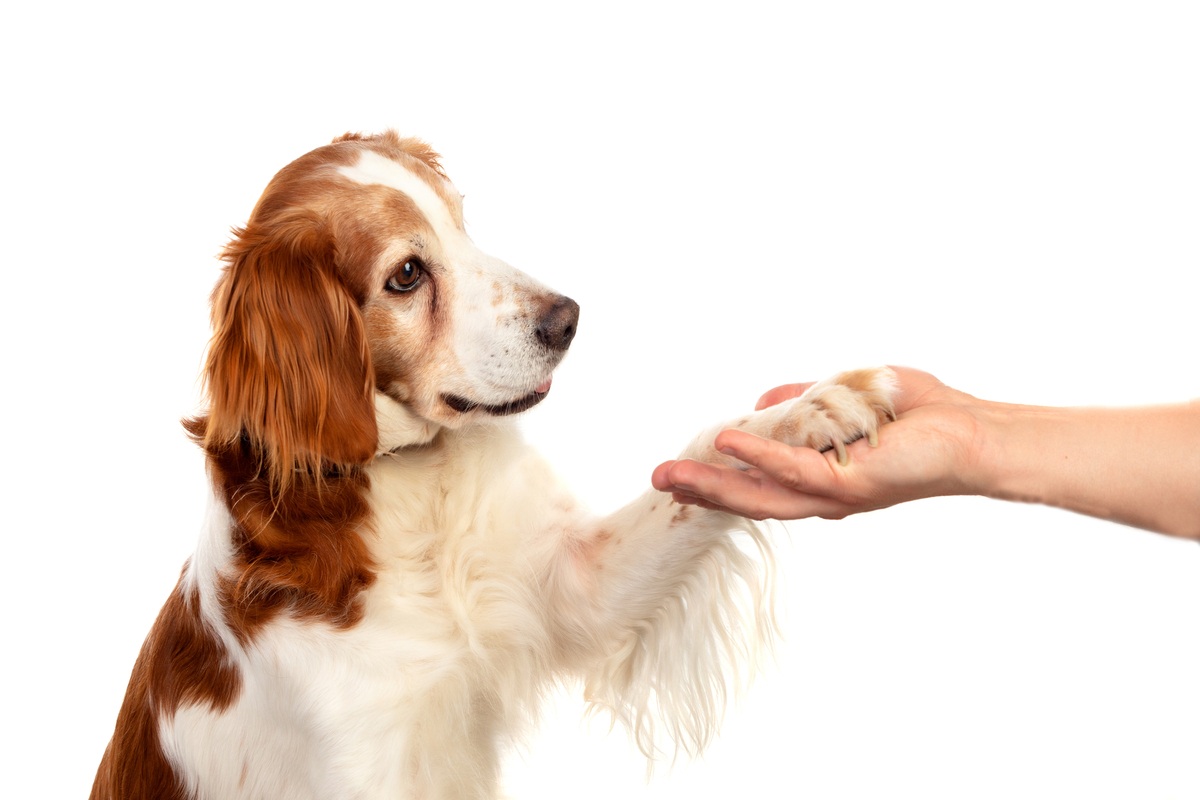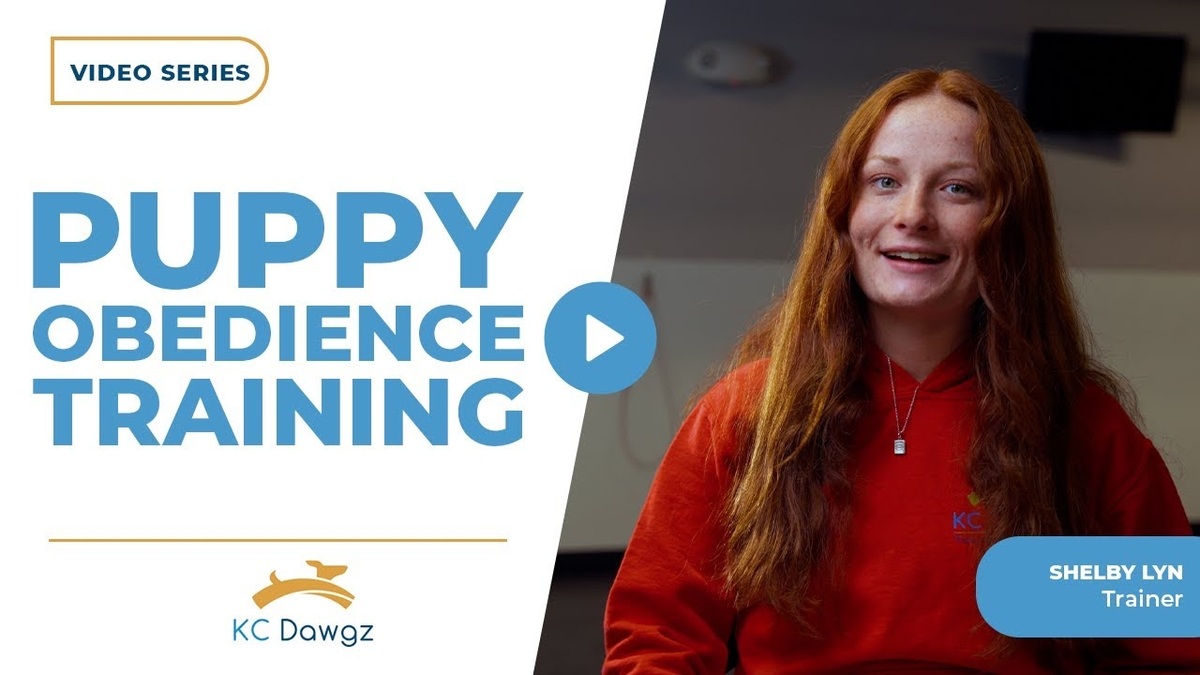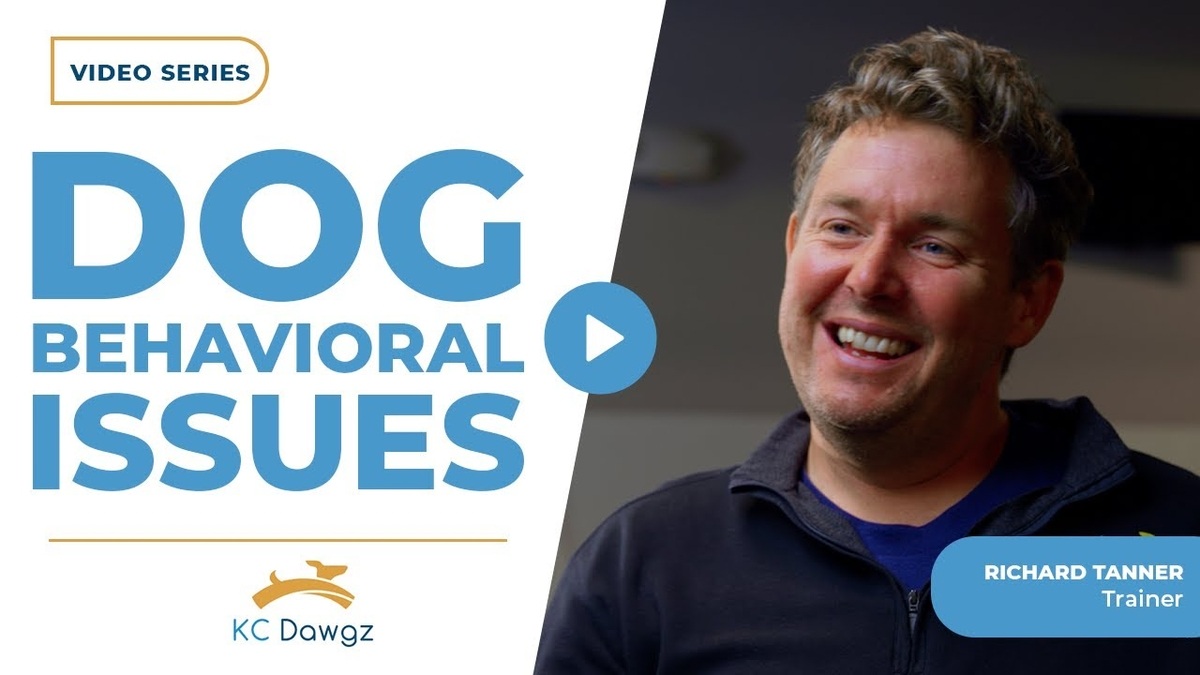We’ve found that many dogs learn better when dog training includes both voice commands and clear hand signals. Visual cues can be easier for dogs to notice, especially in noisy areas or from a distance.
This post explains when to start using signals, how to teach them, and which ones are best for beginners. These tips come from our real-world experience working with dogs of all ages and learning levels.
Why Use Hand Signals for Dog Training?
Hand signals give you another way to communicate with your dog, especially when your voice isn’t enough. We use them every day in our sessions at KC Dawgz, and here’s why they matter:
- Dogs respond to visual movement faster than sound
- Signals work better in noisy areas like parks or city sidewalks
- Great for deaf dogs or dogs with hearing loss
- Reinforces behavior and focus over time
- Builds a stronger connection between the dog and the owner
Hand signals also help build consistency. When your dog understands both visual and spoken commands, you get more control and better results.
When Should You Start Using Hand Signals?
You can begin teaching hand signals once your dog understands a few basic commands. If they already know how to “sit” or “stay,” they’re ready to start linking those actions with visual cues.
Older dogs can learn hand signals just as well as younger ones. At KC Dawgz, we regularly train senior dogs and rescues. With consistent sessions and good timing, most dogs catch on quickly, regardless of age.
Here are a few signs your dog is ready for hand signal training:
- Makes eye contact with you
- Responds to treats or praise
- Follows at least one or two spoken commands
How to Teach Hand Signals Step-by-Step
Step 1 – Start With One Familiar Command
Begin with a command your dog already knows, such as “sit” or “stay.” Focusing on one behavior at a time prevents confusion and allows your dog to build confidence before moving on to the next signal.
Step 2 – Combine the Hand Signal With the Verbal Cue
Use the hand motion at the same time you say the command. For instance, you might say “sit” while raising your hand, palm facing up. It’s important to use the exact same gesture each time so your dog can learn to associate the motion with the action.
Step 3 – Practice Consistently and Use Positive Reinforcement
Repeat the process in short training sessions throughout the week. As soon as your dog responds correctly, reward them with a treat or verbal praise. This helps reinforce the behavior and makes the connection between the signal and the reward clearer.
Step 4 – Gradually Remove the Verbal Command
Once your dog begins to respond to the hand signal alone, start phasing out the spoken word. Keep rewarding the correct response so the behavior sticks. Over time, your dog will rely more on your visual cues than your voice.
Beginner-Friendly Dog Training Hand Signals
Here are the hand cues we teach most often. These are simple and easy for dogs to understand with practice.
Sit
Raise your hand, palm up, from your side to chest level.
Stay
Hold your palm out, like a stop sign, facing the dog.
Down (Lay Down)
Move your hand flat, palm down, toward the ground.
Come
Hold your hand out, then pull it in toward your chest.
Wait
Hold your hand out, palm down, with a slow downward motion.
Drop It
Point to the ground or hold your hand out and open it.
Leave It
Put your hand out with a closed fist and keep it steady.
Heel
Tap your side or move your hand across your body while walking.
Spin
Move your finger in a small circle. Dogs love this one as a fun trick.
High Five
Raise your hand flat and let your dog raise its paw to meet it.
Mistakes to Avoid When Using Hand Signals
Using dog training hand signals the wrong way can confuse your dog. Here are a few mistakes to watch for:
- Changing the hand motion too often
- Saying one word and using a different gesture
- Using too many new signals at once
- Not rewarding the correct behavior right away
- Forgetting to practice in different places
We recommend keeping signals simple, consistent, and short. Over time, your dog will know exactly what you want, without you having to say a word.
Can Hand Signals Help With Deaf Dogs?
Yes. We work with deaf and hearing-impaired dogs, and signals are the best method for training them. Many dogs with hearing loss learn just as fast as hearing dogs.
In some cases, we pair hand signals with vibration collars (not shock) to get the dog’s attention first, then give the command. You can also teach them to check in with you visually for the next move.
Pro Tips from KC Dawgz Trainers
- Always give the signal before your dog moves
- Use the same hand for all your signals
- Keep your body still and face your dog when signaling
- End every session on a positive note
- Practice a few minutes each day, not all at once
We see great results when dog owners follow this kind of routine. It builds trust and makes your dog more reliable, both at home and in public.
Ready to Train With Confidence?
Hand signals are one of the best tools for improving communication with your dog. Whether you’re just getting started or want to refine your dog’s behavior, we can help.
At KC Dawgz, we offer private lessons and group classes that focus on practical, real-world training. If you’re ready to take your dog’s skills to the next level, we’d love to work with you. Contact us today.





